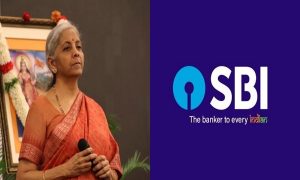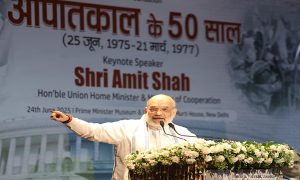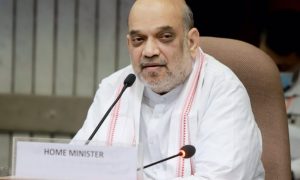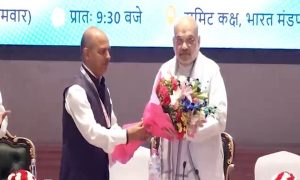India has become the first country to develop a country-level mathematical model to estimate the prevalence of tuberculosis (TB) cases in the country.
Using this model, TB incidence and mortality estimate data for India will be available by March every year. Notably, the data will be released months before the annual World Health Organization (WHO) estimates are released in October. It has opted to step away from the global estimates drawn by the WHO, adding that India can also prepare similar estimates at the state level in the future.
36th Stop TB Partnership Board Meeting
The model was presented before the delegates from 40 countries taking part in the 36th Stop TB Partnership Board meeting in Varanasi last week.
The new mathematical model was created using data from the natural history of disease, an individual’s infection and disease status, healthcare utilisation, missed or accurate diagnosis, coverage of treatment, and treatment outcomes, such as cure or death.
TB incidence rate
According to WHO estimates, the TB incidence rate (per 10,000) in India in 2021 was 210. Using the Indian mathematical model, it was estimated to be 196 in 2022. The WHO estimated the TB incidence absolute number to be 29.50 lakh in 2021 while the Indian model suggested it was 27.70 lakh in 2022.
TB mortality rate
According to the WHO, the TB mortality rate (per 10,000) in 2021 was estimated to be 35, which decreased to 23 in 2022 as per the Indian model. WHO’s TB mortality absolute numbers were estimated to be 4.94 lakh in 2021. The Indian model suggested it was 3.20 lakh in 2022.
As per reports, a total of 21.5 lakh cases were notified on the Nikshay portal last year, and 93,000 deaths were reported.
Listing the efforts taken over the last 9-10 years to increase the National TB Elimination Program coverage, find missing cases, and generate more evidence, health officials said laboratory services have been decentralised and scaled up with high quality rapid diagnostic tests such as the Nucleic Acid Amplification Test (NAAT).
India has also introduced a daily regimen for first-line treatment of tuberculosis in 2017, integrating the regimens in the public and private sectors to harness universal access to TB care.
Also, drug resistant TB patients have been provided injection-free, shorter, and better second-line treatment, and with Nikshay, tracking of patients has also helped in improving the treatment outcomes of all types of patients in both the public and private sectors, including those who otherwise would have been lost to follow-up.




























 WhatsApp us
WhatsApp us